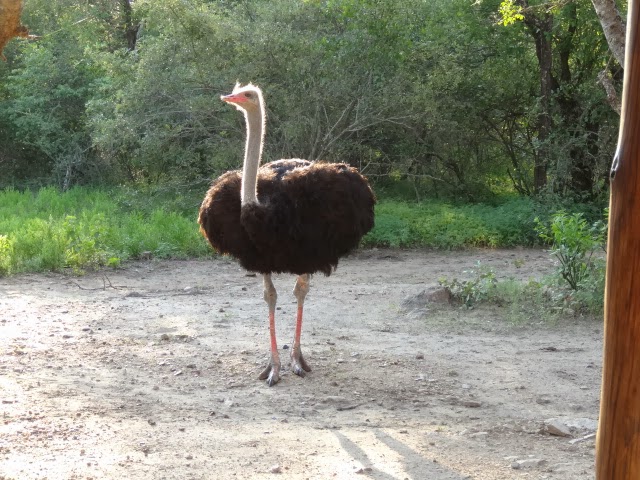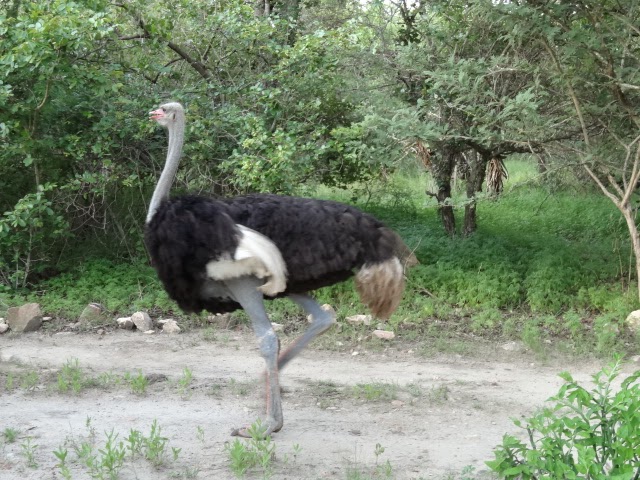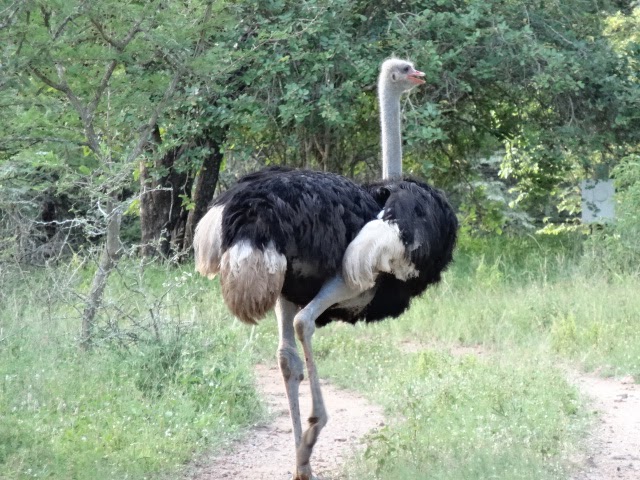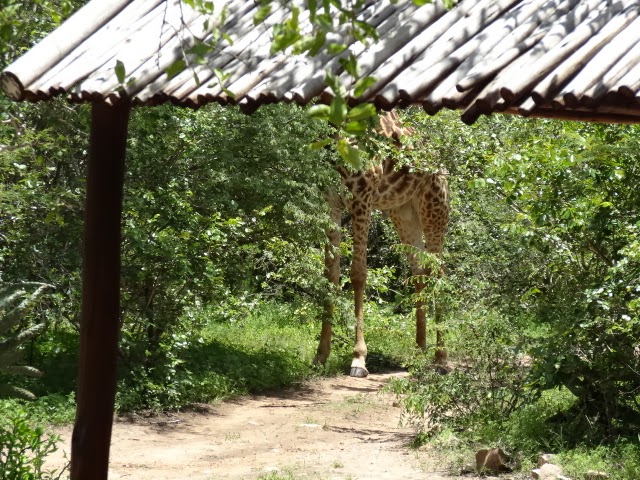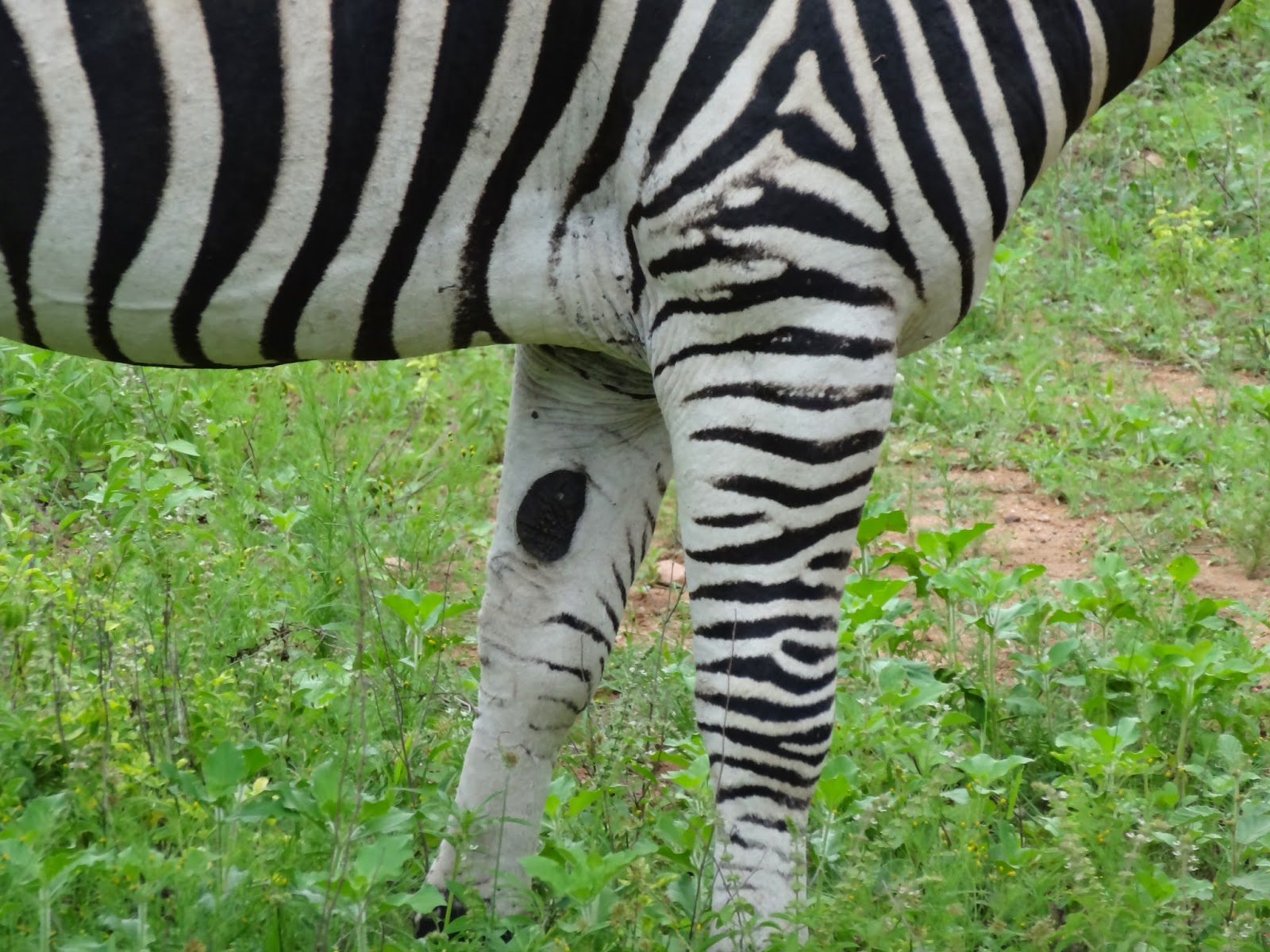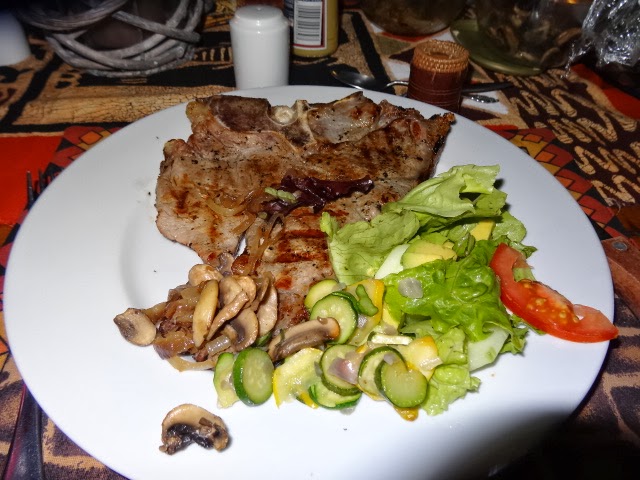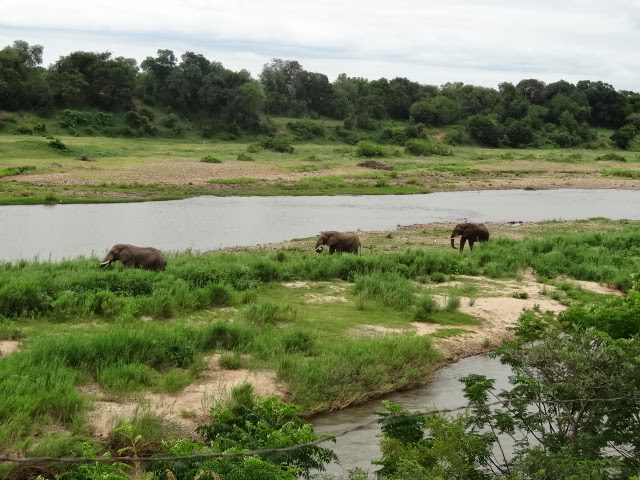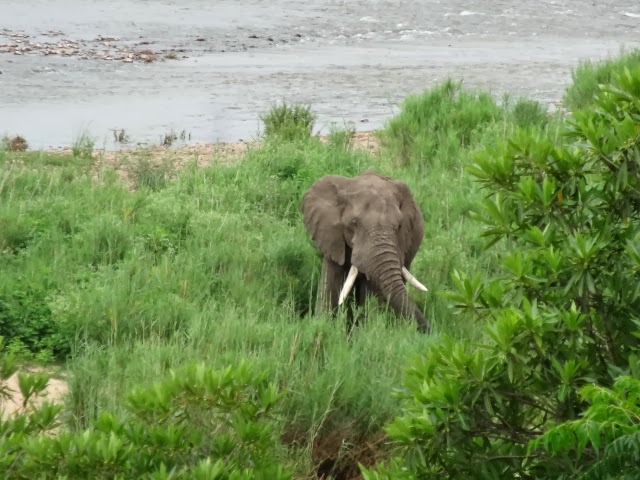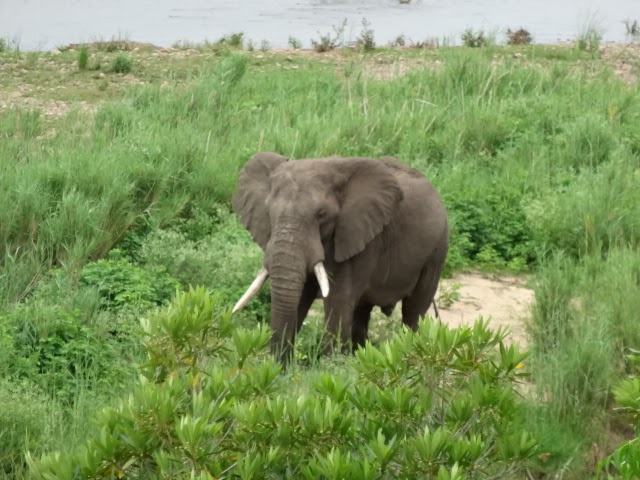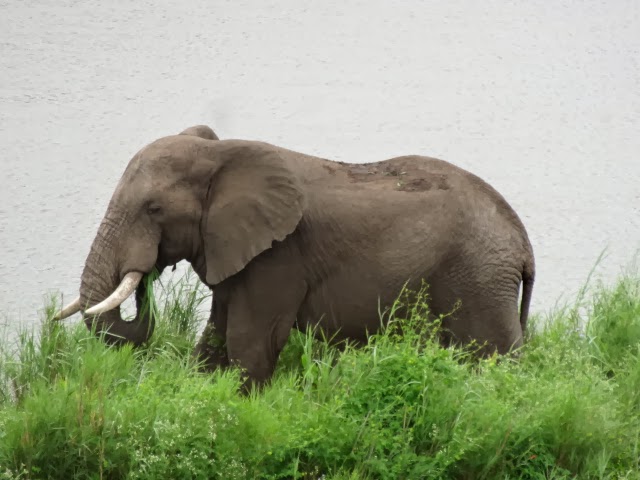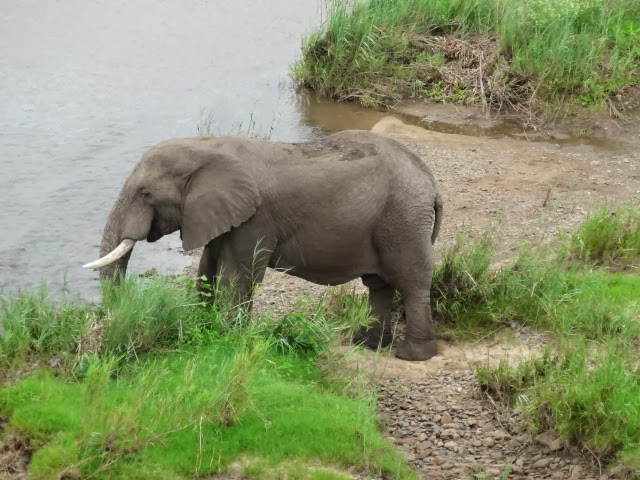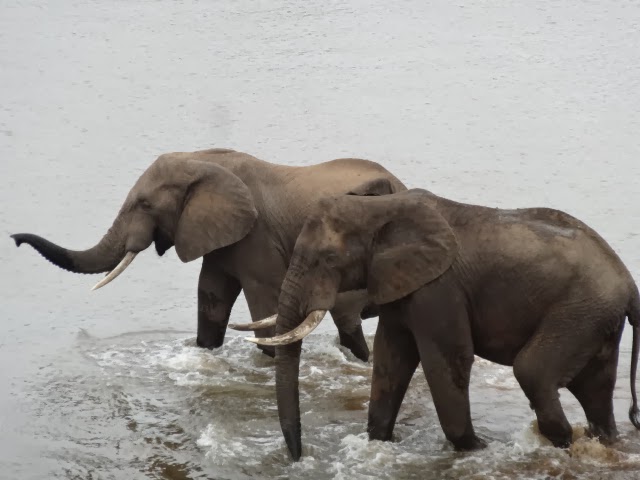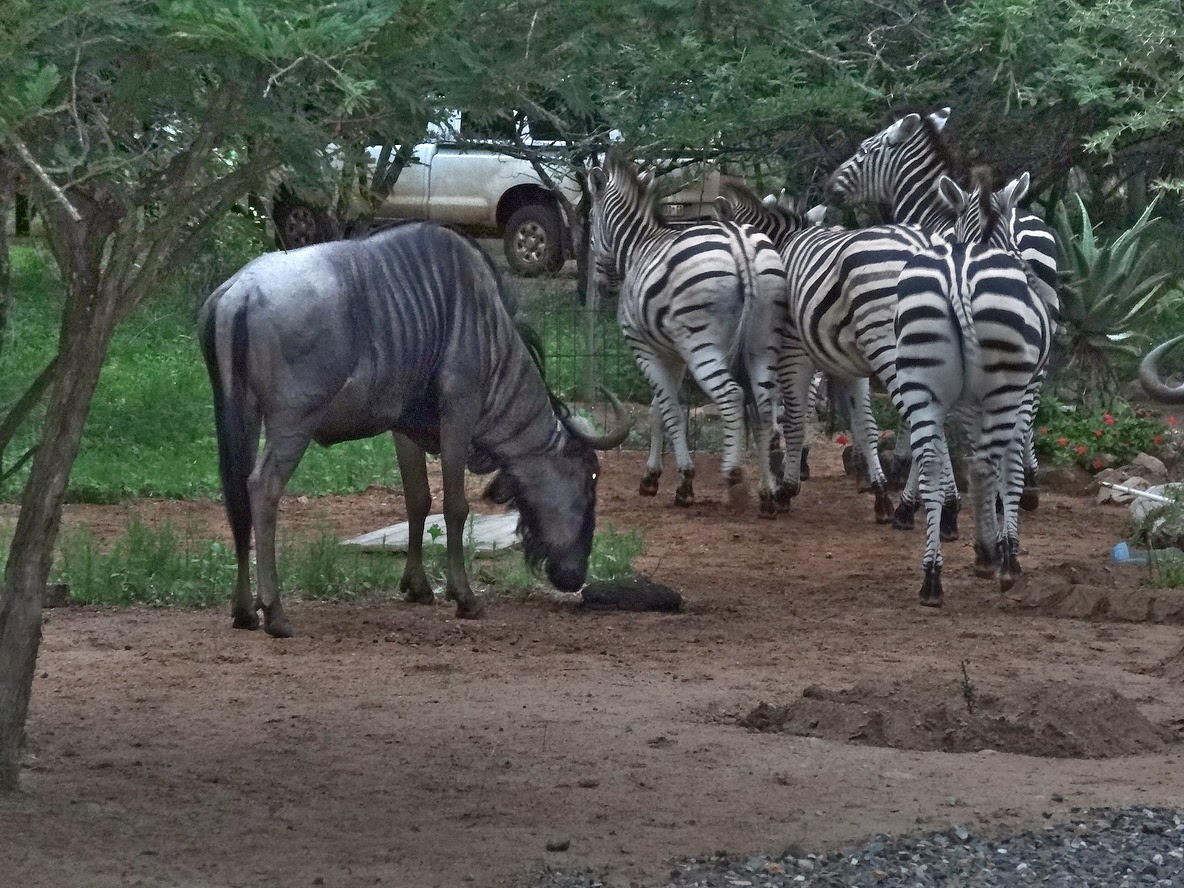 |
| Curious, the zebras often checked out the braai (barbecue) area and the pool, occasionally drinking from the pool. They wander about the yard, checking out the vegetation and most often are curious as to what we’re doing. |
With our eyes continually scanning the yard, suddenly, the black and white stripes grabbed our attention, making my heart skip a beat. Although very common in Africa and often seeing them along the road while walking or driving in the area, a visit to our yard is always special.
In the 41 days that we’ve lived in Marloth Park, this is the third occurrence of a herd of male zebras visiting us in our yard. This particular visit from a few days ago was our favorite zebra visit.
 |
| As I threw out a handful of pellets, this guy tried to grab my hand, painlessly gumming my fingers. It’s apparent that they’ve frequently been given treats by tourists and residents alike, hopefully with items acceptable for their herbivorous diet. We give them a few handfuls of pellets and provide the mineral lick. |
The zebras that appear in Marloth and Kruger Parks are Plains Zebras. Oddly, with their gentle nature, zebras have never been domesticated. It’s been apparent to us that they are intelligent, evidenced by the manner in which they interact with one another and with us, often mimicking each other’s behavior. In today’s video, this mimicking behavior is obvious.
 |
| The mineral lick was getting lots of licks and Ms. Warthog was on her knees getting in on the pellet action. Our intent had been to stick to our beliefs that wildlife shouldn’t be fed anything in the wild. But a Field Ranger explained that the pellets are made specifically geared to the diet of the animals, as is the mineral lick. We purchased both at Daisy’s Feed Store, here in Marloth Park. So far, most of the animals like the pellets, especially the warthogs and babies. Only the kudus and zebras seem to like the mineral lick. A few days ago a warthog shoved it out of his way using his tusks putting a hole in it. |
Similar to us humans, they develop routines. After three visits to our yard, a routine has already been established. They hang out at the veranda railing hoping for a few pellets and attention. After a while they head to the bush as shown in this video, to nibble on the vegetation.
 |
| Zebras freely make eye contact and are less shy than most of the wildlife. |
They walk toward the braai (barbecue) and the pool area, contemplating a drink from the pool. Zebras have a keen sense to detect toxins in water, as in this case, the chlorine in the pool. Although only a small amount, it prevents them from taking more than a quick sip when testing it the first two times they visited.
 |
| This Zebra is looking into the bush beyond the pink car as Ms. Warthog wandered down the path on the opposite side of the carport, one of the many worn animal paths in the yard. |
Zebras will naturally find a clean water supply and forage the general area, maintaining easy access to the water. On this third visit, they didn’t consider the pool water recalling that it wasn’t fit for their consumption.
 |
| “OK. Now that Ms. Warthog has left, what are you going to do for me?” |
How did we know it was the same herd of males? The zebra stripe patterns are as unique as our own fingerprints. Having observed them for several hours, it’s been relatively easy to detect the unique patterns. Add the repeated behavior and we’re convinced this is the same male herd as in the past.
 |
| “Out of my way! I’m first!” |
Never tiring of repeat visits from wildlife, we can only hope we don’t have an encore from the Mozambique Spitting Cobra, now or in the future as described in yesterday’s post. Once was enough!
 |
| The dominant zebra waited by the rear yard path. It was time to leave. Shortly, they all followed him down the path. They’d had a good visit with us. Perhaps, the mineral lick makes them thirsty and it was time to head to the nearby watering hole. |
But, the Zebras, they’re always welcomed!





